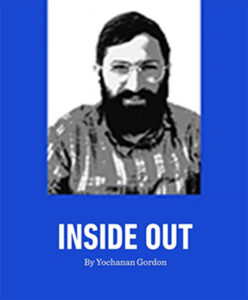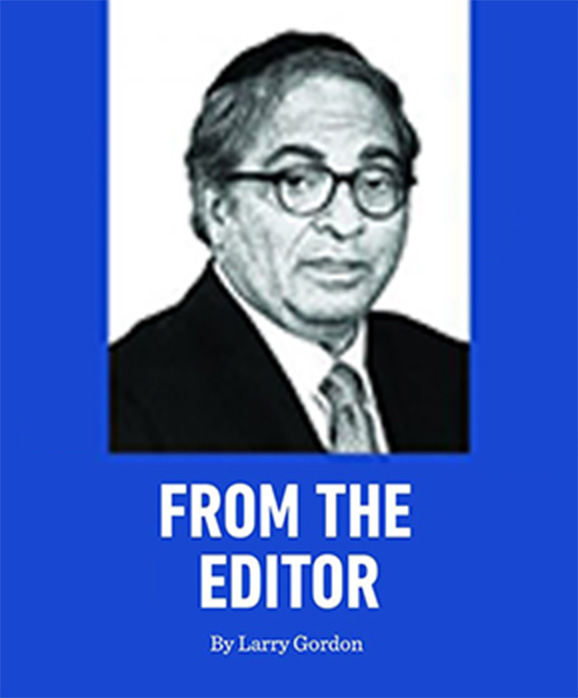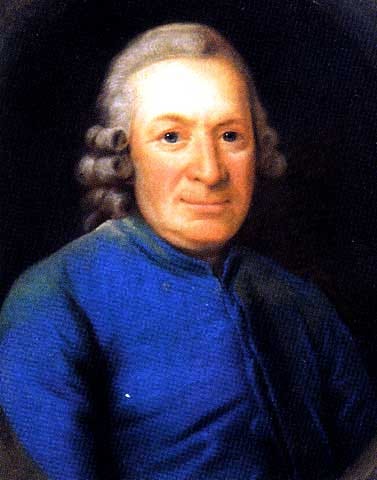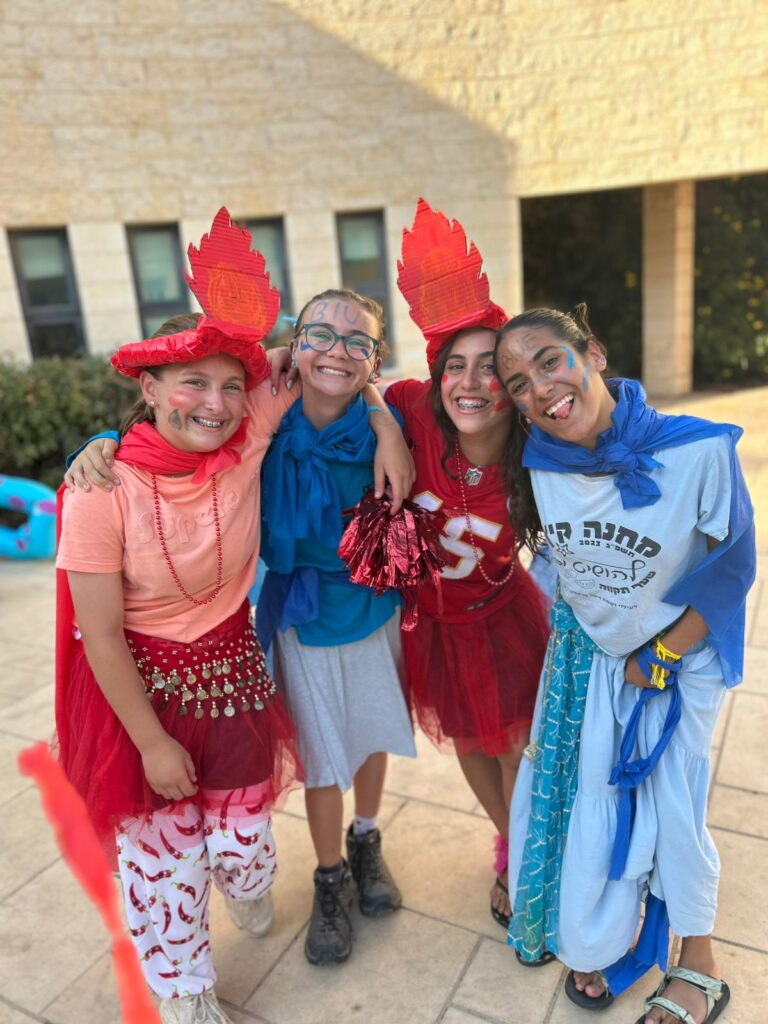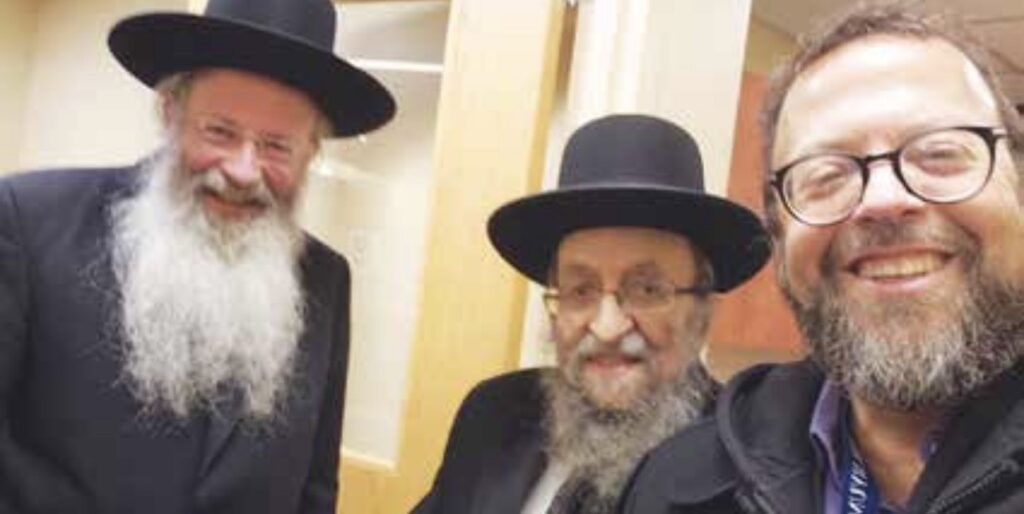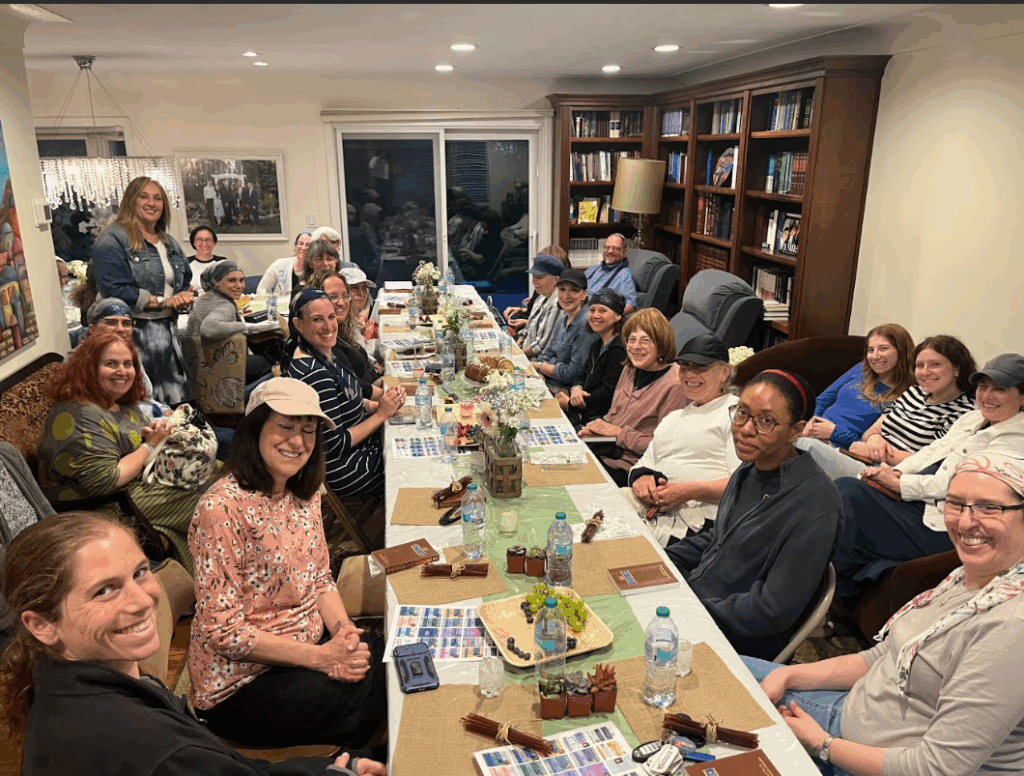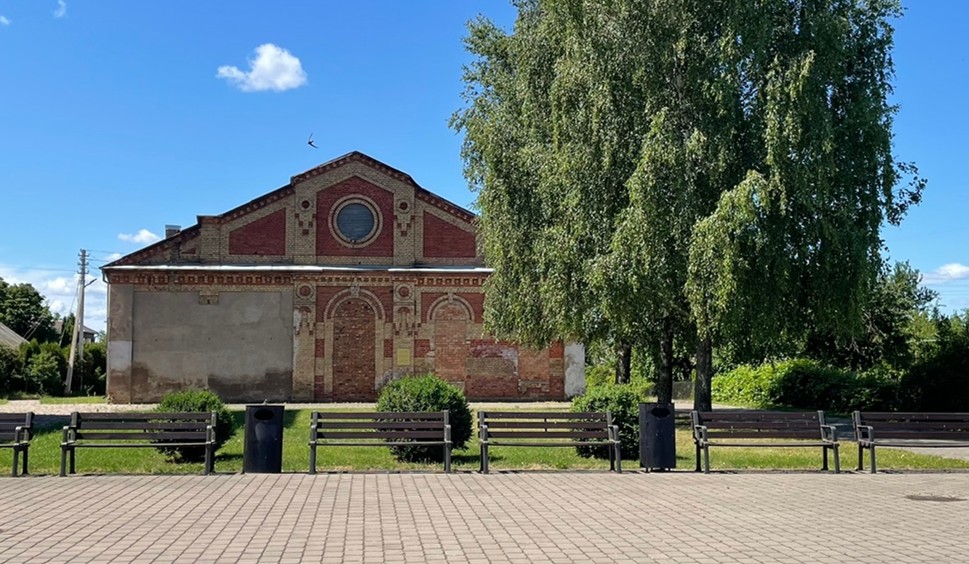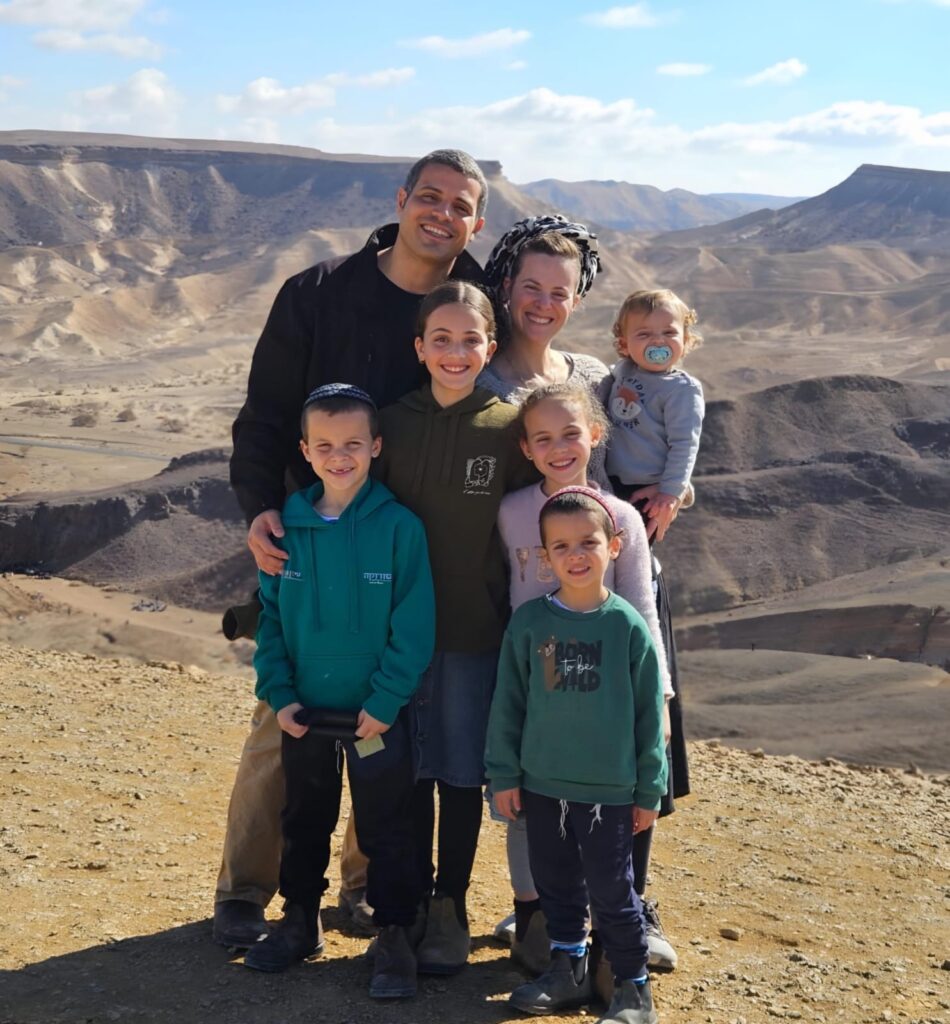The Story of a German Philanthropist who Financed a Galician Rabbi’s Torah Study
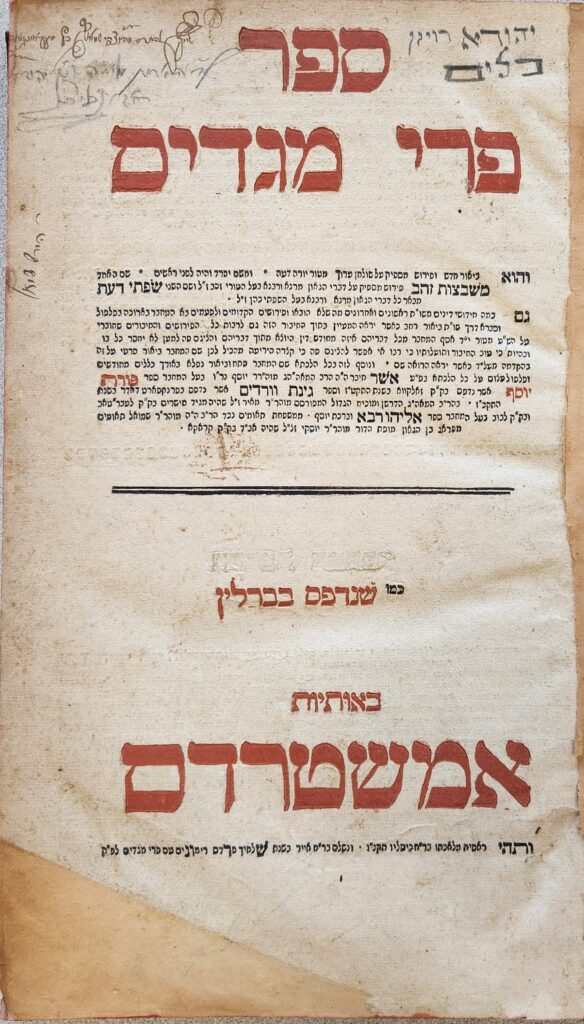
Front page of Pri Megadim, Yoreh De’ah, Berlin, 1772
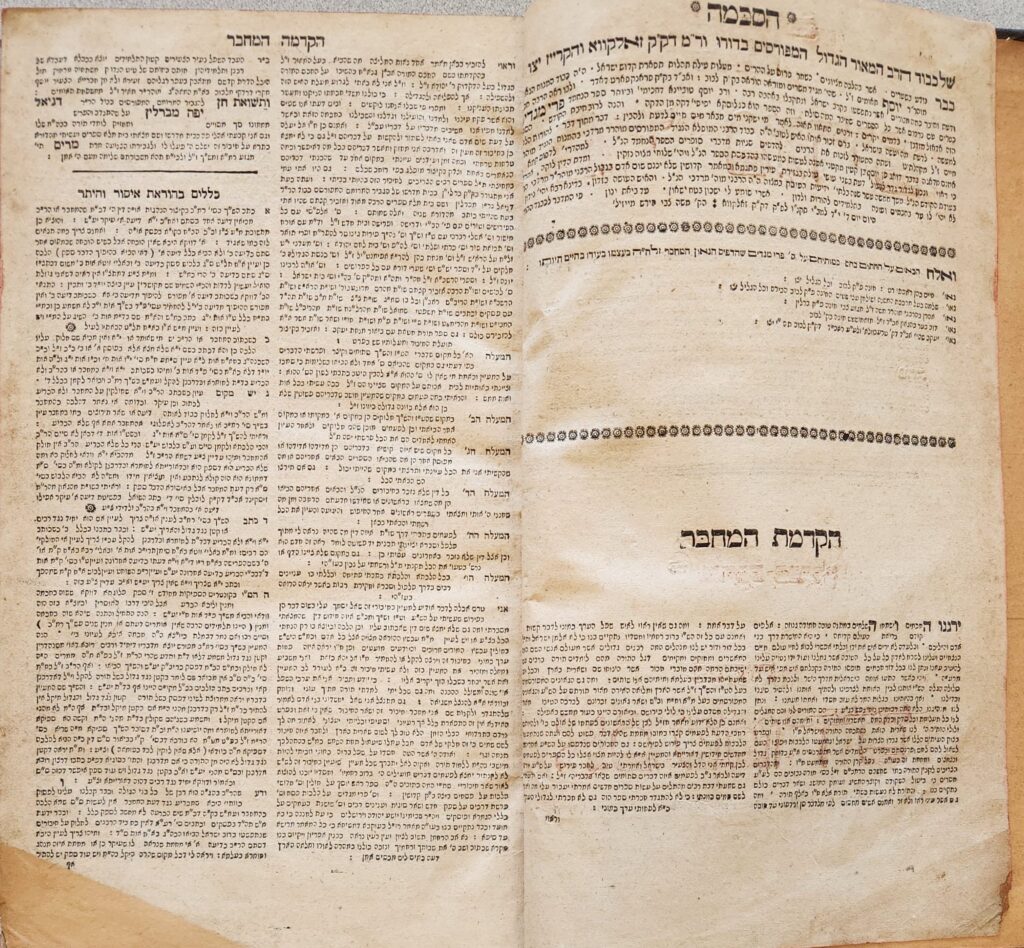
Pri Megadim, Yoreh De’ah, Berlin, 1772
The Pri Megadim And Daniel Itzig
The Story of a German Philanthropist who Financed a Galician Rabbi’s Torah Study
Rabbi Yosef ben Meir Teomim, prominently known as the Pri Megadim, was born in 1727 in Shchyrets, a town on the outskirts of Lemberg (Lvov). While still an infant, his parents moved to Lemberg where his father took a rabbinic position in the “outside the wall” community (Lemberg was comprised of two distinct kehillahs, one inside the wall and the other outside). It is rumored that in his youth Rabbi Yosef Teomim learned with famed Chassidic master, Rabbi Levi Yitzchak of Berditchev.
Following his marriage to a girl from Komarno, Rabbi Yosef Teomim spent several years learning Torah while being supported by his father-in-law. At some point, though, the financial support ceased and Rabbi Teomim began to work as a melamed (private tutor) in order to support his family.
Eventually, Rabbi Teomim returned to Lemberg where he served as a dayan and melamed. Ultimately however, his financial burdens hindered his ability to devote himself wholeheartedly to his Torah studies. Rabbi Teomim’s burning desire to learn Torah with peace of mind led him to temporarily leave his family and journey 575 miles to Berlin, Germany.
Why would a Galician rabbi from Lemberg move across Europe and settle in Berlin, Germany where Jewish life and culture was undoubtably very different? The answer lies in the Berlin Beis Midrash and the philanthropist who supported it: a German Jew named Daniel Yaffe, who was better known as Daniel Itzig.
In the introduction to his Pri Megadim on the Yoreh De’ah section of Shulchan Aruch, Rabbi Yosef Teomim praised his generous benefactor, Daniel Yaffee, and describes the contents of the remarkable library of sefarim to which he was granted access:
“Praise and applause to the renowned and exalted Rabbi Daniel Yaffe of Berlin for volunteering and setting aside a certain amount from his salary, and for supporting Torah students in his beit midrash. I also established my studies here in the beit midrash, and there I found a house full of books and made a homily on this composition. May HaKadosh Baruch Hu reward his efforts and those of his humble wife, Mrs. Miriam, who is from the lineage of the Rema and such, and all who come from their lineage, may their reward be complete from Hashem.”
In 1772, while in Berlin, Rabbi Teomim published his Pri Megadim on Yoreh De’ah. The sefer gained wide acceptance and quickly became a central halachic work. The Chida, a contemporary of Rabbi Teomim, was highly impressed with the Pri Megadim and throughout his writings refers to him in the following terms of fondness: “V’acharon acharon chaviv, Rabbi Pri Megadim.”
{Rabbi Teomim’s Other Writings
Aside from his Pri Megadim which is considered one of the pillars in halachic literature, Rabbi Yosef Teomim authored a number of other works, including Poras Yosef and Rosh Yosef (chiddushim on the Talmud), Ginas Veradim, and Shoshanas ha-Amakim (on klalei ha-Shas), Teyvas Gomeh, and Sefer ha-Magid (on the Chumash) and responsa.
In 1770, Rabbi Teomim’s father passed away in Lemberg and the kehillah leaders requested that he fill his father’s place as dayan and maggid. At the time, Rabbi Teomim was in the middle of working on his Pri Megadim in Berlin, so he postponed his return to Lemberg until 1774. In 1781, after seven years in Lemberg, Rabbi Yosef Teomim moved to Frankfurt an der Oder (not to be confused with Frankfurt am Main), where he served as rabbi until his death in 1792. n
Nosson Wiggins (@jewishhistorysheimhagedolim) is the author of two books on the subject of Jewish history, “The Tannaim & Amoraim” and “The Rishonim” (Judaica Press). He researches Jewish History at the Klau Library, HUC-JIR in his hometown of Cincinnati and leads tours of Klau’s Rare Book Room. He is a passionate enthusiast of Jewish history and when he’s not in the hospital working as a nurse, he can be found researching and writing posts for his Substack, “Jewish History—Sheim Hagedolim.”
